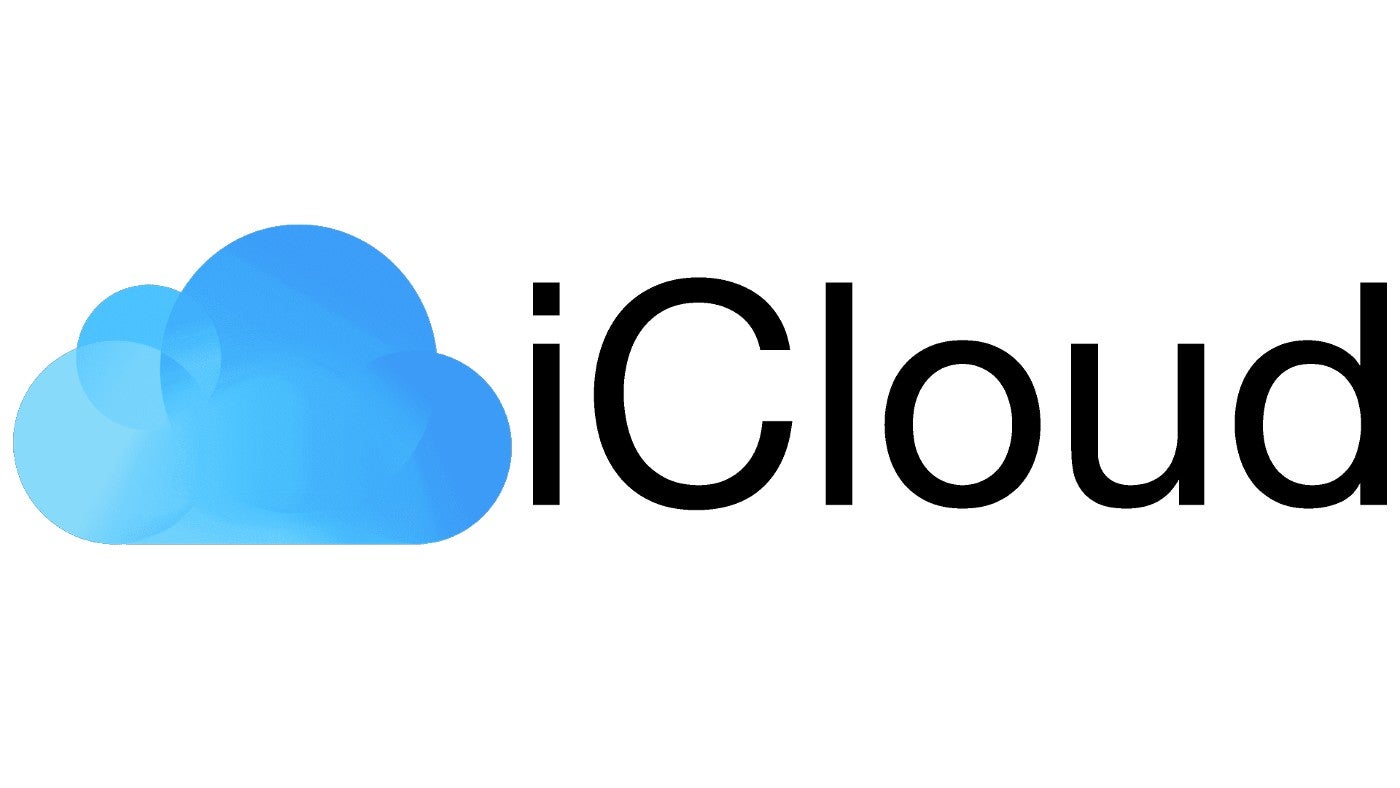
iCloud (and iCloud+) is Apple’s cloud file storage and services platform. The service permits iCloud users, iCloud+ and Apple One subscribers to leverage secure and highly reliable cloud computing features and capabilities to store and share a wide variety of files, locate lost equipment and synchronize information across multiple devices.
We’ll periodically update this resource guide when new information is available about iCloud.
Jump to:
Announced during the 2011 Worldwide Developers Conference and later released on Oct. 12, 2011, Apple’s iCloud is a service that permits users to store, back up, access, view, edit and share a variety of files and information, including documents, spreadsheets, presentations and more, across multiple devices and platforms as well as with other authorized users (Figure A). The devices across which iCloud users can share files include Macs, iPhones, iPads, iPod touches, and Windows PCs and tablets.
Figure A
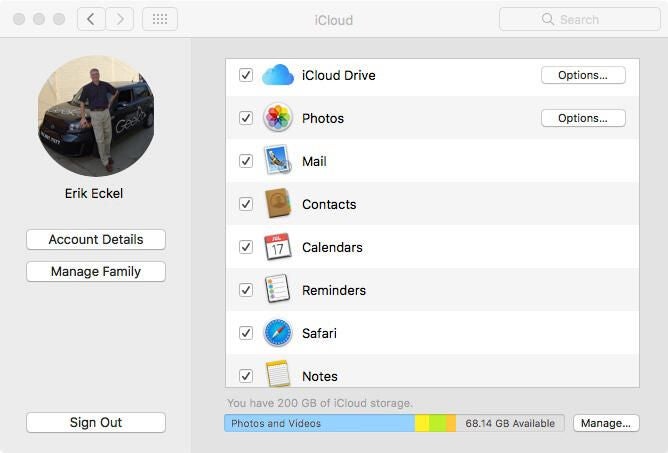
iCloud is the free Apple service that includes 5GB of file storage and automatic file synchronization; iCloud+ is the premium tier service that requires a subscription.
At Apple’s Worldwide Developers Conference 2021, the company announced iCloud+, which includes premium features, such as Hide My Email, expanded HomeKit Secure Video support and an innovative internet privacy service called iCloud Private Relay. iCloud subscribers were upgraded to iCloud+ automatically in Fall 2021 with the release of iOS 15. All iCloud+ plans can be shared with people in the same Family Sharing group.
Although pricing for various iCloud+ accounts changed for international users in summer 2023, pricing has largely remained the same for U.S. subscribers since the premium service was launched. Pricing tiers for iCloud+ plans include:
Competing cloud storage products include Backblaze, Box, Dropbox and Google Drive. Microsoft’s cloud version, which is intended primarily for Windows PCs but also works for Mac and iOS users, is OneDrive.
Apple’s iCloud features are directly integrated within iPhones, iPads and Macs by default to ensure Apple customers receive the same important and innovative technologies and conveniences. This makes iCloud an important component within the Apple software, hardware and services ecosystem due to its file sharing, backup, synchronization and location capabilities.
Cloud file storage and synchronization services offer secure and reliable alternatives to backing up information, enabling personal information management such as email operation and calendar sharing synchronization, and sharing and distributing files with authorized users.
Cloud subscriptions simplify license management for numerous applications, from creative suite tools to common office productivity applications. Cloud services also let organizations more easily receive updates, install application patches and deploy upgraded software editions.
SEE: Explore all of TechRepublic’s cheat sheets and smart person’s guides
Apple iCloud extends cloud advantages by enabling users to track, retrieve, better secure, and erase data and information on lost equipment. iCloud synchronizes email, appointments, contacts, notes and reminders across a user’s devices, thereby simplifying the daily task of accessing, editing and synchronizing critical and commonly used data (Figure B).
Figure B
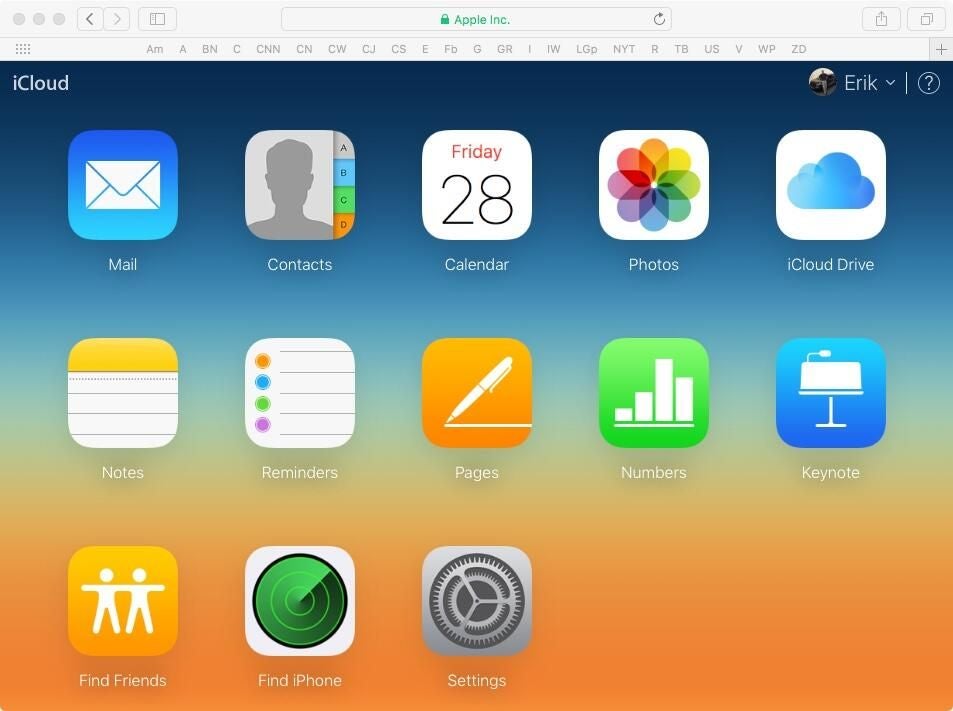
It’s impractical to manually attempt to back up, synchronize, track and otherwise manage so many devices and datasets. The iCloud web interface provides web access (independent of hardware platform) to iCloud-synchronized Mail, Notes, Reminders, Contacts, Calendar and more. Windows users can also access Pages documents, Keynote presentations and Numbers spreadsheets stored within iCloud as well as track lost equipment.
Apple users benefit most from iCloud features and services. iCloud integration is natively baked into iPod touch, iPhone, iPad and Mac devices’ operating systems (Figure C); the result is seamless configuration, the ability to customize and set various iCloud options differently on a variety of independent devices, and reliable operation.
Figure C
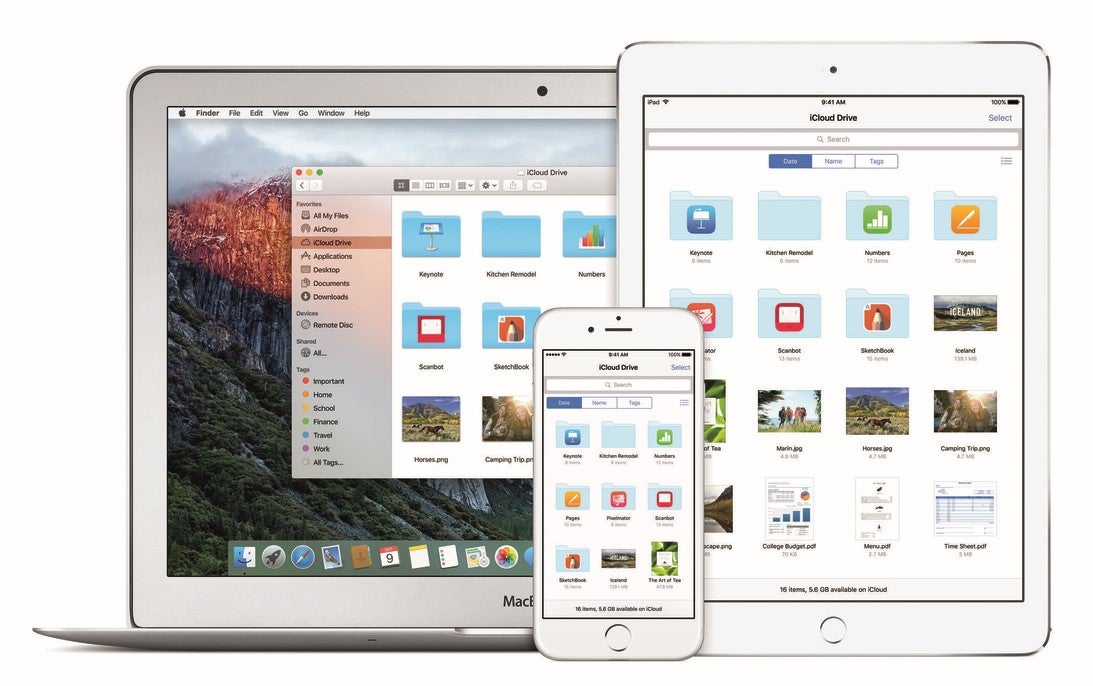
Apple provides PC users with an iCloud application that permits sharing files using iCloud Drive, sharing and backing up photos and videos, synchronizing Mail, Contacts, Calendars, Tasks and Bookmarks. A cross-platform web-based iCloud interface is another option available to iCloud users when sharing files and tracking lost equipment, so an iCloud app or services need not be natively installed on the system a user is operating to access iCloud resources. However, Windows phones and mobile tablets don’t natively back up applications, settings, program configurations and other information the way iOS devices do with iCloud, and Windows devices cannot be restored using iCloud the way Apple devices are restored.
Family Sharing permits sharing iCloud services with up to five family members. Using Family Sharing, authorized family members can share everything from music, books and apps to iCloud storage, as well as help them find lost devices, monitor their screen time and more.
At Apple’s WWDC 2019, the company announced Apple HomeKit Secure Video, which leverages iCloud storage. Unlike other video surveillance providers’ tech, Apple’s HomeKit solution doesn’t send potentially sensitive user surveillance video to the cloud to be analyzed and potentially misused.
SEE: Discover the biggest takeaways of the 2023 WWDC
Instead, it analyzes video in the user’s home, such as on an iPad or Apple TV, and then the video is encrypted and securely sent to iCloud, where users can store 10 days of free video clips without the space counting toward the user’s storage limit (Figure D). Not even Apple can see the secure, encrypted footage within a user’s iCloud account.
Figure D
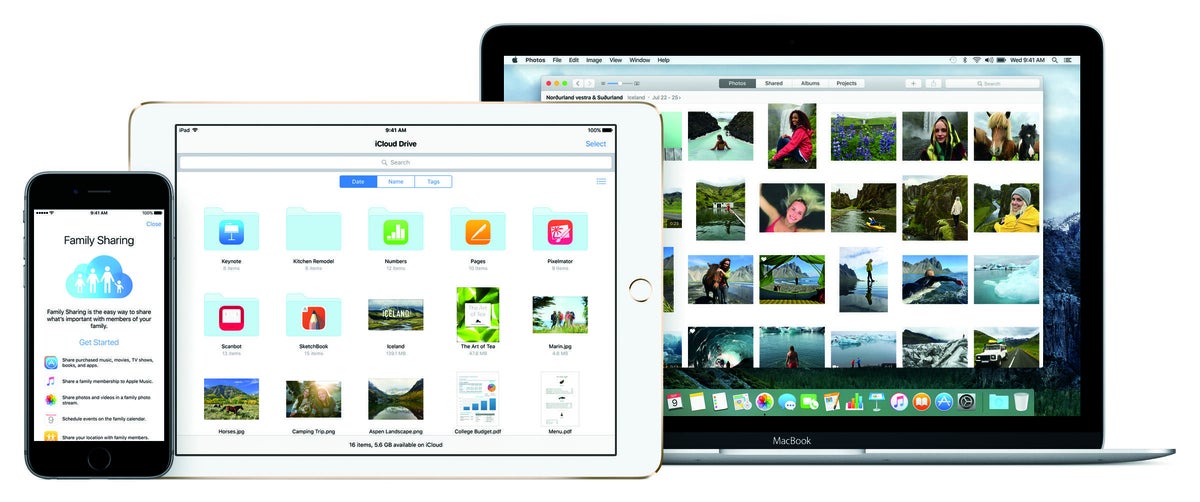
Some of the major features included with iCloud are iCloud Drive, iCloud Storage Plans for additional file storage, iCloud Photo Library for cloud-based photo storage, Family Sharing for account and resource sharing, Safari and iCloud Keychain services, and more.
Other iCloud features include the ability to locate lost hardware, back up and recover device configurations, and support for multiple devices and platforms. Users may possess more than one iCloud account, but only one iCloud account can be associated with an individual Apple ID.
Using iCloud, users can locate friends or lost equipment. The Find My feature permits iCloud users to track iPhones, iPads, Apple Watches, Macs and more. Users can sign into iCloud or use the Find My app to determine the location of a missing device for which the feature was previously enabled. The Find Friends app, which permits locating friends and family members, was folded into the Find My app in 2019.
SEE: Learn how to use iCloud’s Advanced Data Protection to boost your data security
If a device is lost, iCloud users can remotely send the device a command placing it in Lost Mode, which helps protect the device’s data against unauthorized use and encourages whomever retrieves the device to call the owner. iCloud users can implement a remote erase operation if necessary to remove personal data from a lost device.
iCloud permits sharing web surfing status with other authorized devices. As a result, users can, for example, pick up using a Mac where they left off reading on a mobile device such as an iPhone or vice versa.
The platform enables sharing Keychain information — application and website passwords — across multiple authorized devices. The feature helps eliminate the need for a third-party password management program and makes it easier for Apple users to navigate websites and programs without having to commit multiple passwords for numerous sites to memory.
iCloud enables synchronizing email, Calendar, Contacts, Reminders and Notes. When a compatible Mac or iOS device is configured to share corresponding data using iCloud, the cloud service automatically synchronizes the information across all the authorized devices. Then, contacts can be created on a Mac, viewed on an iPhone and edited on an iPad, for example.
Beginning with macOS Catalina, Apple users can share iCloud Drive folders using a private link. Authorized users can subsequently access the corresponding files, make edits, add new files and review updated versions.
Users choosing to back up iPhones, iPads and iPods can leverage iCloud for these devices’ backups. In addition to backing up all photos and videos using iCloud, regardless of which device the image was initially captured on, iCloud permits users to back up iPhone, iPad and iPod touch configurations and data when the devices are connected to power and Wi-Fi; this simplifies the process of configuring a new device.
Users can choose to restore the entire old backup when deploying the new device. Alternatively, users can deploy a new device and then selectively recover files stored within iCloud Drive or components backed up to iCloud.
iCloud+ accounts also include:
There are many benefits to using iCloud, such as file sharing, storage and synchronization across various devices and platforms. Other iCloud advantages include collaboration with family and coworkers, the ability to locate misplaced devices, device backup and restoration capabilities, sharing web activity and passwords across devices and synchronizing frequently changing personal information management components such as mail, Calendar and Contacts. In addition, the platform boasts high reliability.
Other than having to pay a relatively small monthly fee, there are few other cons associated with iCloud and iCloud+. Whenever data is placed in the cloud or offsite data centers, cybersecurity risks increase. To help minimize any additional exposure resulting from cloud-based operations, Apple offers Advanced Data Protection for iCloud to assist further securing the service.
Apple includes an iCloud setup assistant within its iPhones, iPads, iPod touches and Macs. The assistant simplifies deploying a new device or a reimaged system, which occurs when replacing a failed hard drive.
Apple also publishes and maintains directions for setting up iCloud on iOS devices, iPads, Macs and Windows machines.
With each iCloud account, 5GB of free storage are included, by default; additional storage is available within paid iCloud+ accounts. In the U.S., 50GB additional storage costs $0.99 per month; 200GB costs $2.99 a month; and 2TB costs $9.99 a month. File storage capacity and pricing options vary by country.
In June 2023, Apple increased iCloud pricing in the U.K., South America and a few select markets. In the U.K., for example, the 50GB iCloud plan rose from £0.79 to £0.99 per month, the 200GB plan increased to £2.99 from £2.49 a month, and the 2TB plan is now £8.99 versus the old price of £6.99 per month.
Although the move sparked understandable criticism, compared to some file storage and synchronization services such as Dropbox ($9.99 a month for 2TB of file storage for one user or $16.99 a month for a 2TB account supporting six users), Apple’s pricing remains competitive.
iCloud+ is also included within Apple One subscriptions. A 50GB iCloud+ account is included in the Individual ($16.95 a month) Apple One subscription, while a 200GB iCloud account is included with the Family ($22.95 a month) Apple One plan. The third Apple One plan — the Premier version at $32.95 monthly — includes a 2TB iCloud+ account.
Should you reach your iCloud account’s storage capacity, new photos and videos won’t upload to Apple’s iCloud Photos, iCloud Drive and other iCloud apps. Further, messages won’t remain synchronized across an iCloud user’s devices when the storage capacity is reached. Nor will you be able to send or receive email messages using your iCloud email account when your iCloud or iCloud+ account reaches its storage limit.
Users can confirm their iCloud storage status at any time. iCloud storage usage is listed within Settings on iPhones and iPads. Tapping the Apple ID and then iCloud will open the iCloud menu that displays the storage status. Users can confirm their iCloud storage status on a Mac by opening System Settings, clicking the Apple ID and selecting iCloud (as previously shown in Figure A).
Files synchronized to iCloud remain backed up in the cloud as long as a subscription is kept active. Once files are deleted from iCloud, they remain recoverable for 30 days. iCloud Backups remain available for 180 days after the backups are disabled or the user stops using iCloud Backup.